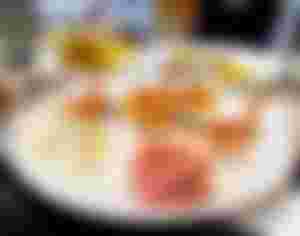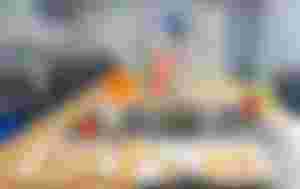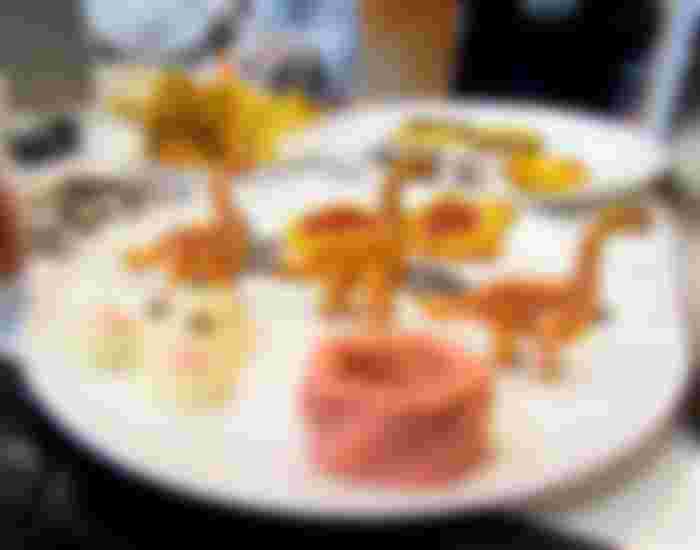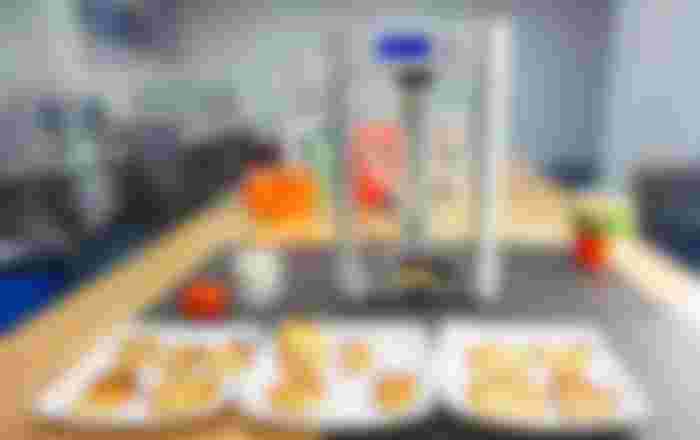3D food printing is a neat concept, but the idea may have more to do with people being dazzled by the idea of being able to print food at home instead of just buying it at the store. While the technology of 3D food printing is still in its infancy, University of Illinois researchers estimate, that more than half of the American population will have experienced it by 2030. This makes 3D food printing a hotly debated topic. The future is closer, than you think as 3D food printing technology becomes more popular each day. In this article, I will elaborate on the 3D food printing benefits and how it will change society. You might be surprised by what you learn!

What Is 3D Food Printing?
3D food printing involves taking a digital file of the food you want to print and slicing it into layers. Each layer is then printed one at a time on a mold or similar device. Once the final layer has been printed, the mold is removed and the printed food is removed from it. The process is then repeated until the food item is finished.
The end result is a 3D printed food item, that looks identical to the digital file you started with. This is a big advantage over conventional methods of food preparation. There is no danger of cross-contamination between different types of food when 3D printing.
Is It Safe?
3D food printing is relatively new and there are very few studies on the subject. But the researchers, that are studying it say that the food printed is perfectly safe.
The 3D printers used to print food are able to create a very high level of precision within the food itself. As such, any bacteria or other pathogens that might be present are unable to reproduce at normal cellular levels. This makes the food safe to eat.
The 3D printing process also has some benefits over conventional food preparation. It is a cleaner, more efficient and less labor-intensive process. This could prove to be very useful in the growing world food crisis.
What Are The Benefits?
3D food printing allows you to prepare custom meals to exact specifications. You may even be able to get the exact food you want. This can be useful for when you go on a special diet or when you want to try a new cuisine. The possibilities are vast with 3D food printing.
It can also reduce the need for cooking. While the concept of 3D printing may seem odd, you can see that it would eliminate the need to cook a significant portion of the food you eat. This can be a big benefit to those with limited time and fuel, as well as those who want to conserve resources.
The use of 3D food printers may reduce food waste as well. Some of the food you print can be kept for later consumption. This can be a convenient way to deal with the issue of leftovers.
Impress your friends and family by showing them this amazing new technology. You can create recipes and dishes. that would be impossible to create using other methods. This will open up a whole new world of possibilities!
How Will It Change Society?
The potential for 3D food printing to change society is enormous. It could change how we think about food and nutrition. It could change the way we educate kids and even the way we work and do business.
The 3D food printing process could potentially reduce food waste and save many precious resources. It could help reduce the world's reliance on fossil fuels and, it could lead to the creation of more sustainable communities.
The possibilities are exciting and there is a lot of debate over the exact role, that 3D food printing should play in society, but the potential is still very much there.
How Will It Be Done?

The creation of a 3D food printer is still in the early stages of development, though some prototypes already exist. As such, there are a number of questions over how the technology will be used.
What kind of 3D printer will be used to produce the food? Will it be able to produce food in multiple different forms? These are just some of the questions, that need to be answered, but the answers will shape the future of the 3D printing of food.
The issue with the 3D food printing process is that, as a relatively new technology, there isn't a ton of data on it yet. It's hard to create recipes for it and there aren't a lot of studies on the long-term effects it might have on the human body. In other words, it's hard to be safe with 3D printing. Yet, it may be the only safe way to create the food we need for an increasingly crowded world.
Is The Technology Sustainable?
Food is the number one source of waste in the world. That waste goes to landfills or food scraps, that never make it to the compost heap. It's true that 3D food printing could reduce the amount of waste, that ends up in the trash, but that will only be the case if the food is actually used.
Some researchers estimate, that about half of the printed food in the future will never be eaten. Some of it will be lost in the printing process and can't be recovered. As a result, the amount of food that can be printed will be significantly less, than the potential.
The bottom line is, if you're printing food just to throw it away, then the technology may not be as environmentally friendly as it seems.
Is It Ethical?
In a perfect world, it wouldn't be ethical to create and release a technology, that you know will contribute to the unnecessary and wasteful use of resources. However, we don't live in a perfect world.
Given that, it's important to ask yourself whether or not this technology is worth the potential consequences. In other words, do you feel comfortable creating a technology, that could save countless lives and reduce the demand for food, but could also result in a large amount of food being tossed away?
If the answer is no, then it may not be the best use of your time to pursue this technology.

When I wrote my article about the Future Of Food: Synthetic Meat, @FarmGirl said she would looking forward reading my article about 3D food printing. So here we are I hope you guys enjoyed it. Let us know what your thoughts are about 3D food printing.





This is beautiful and educative, I have learned so many things from this article alone. I really like it thanks